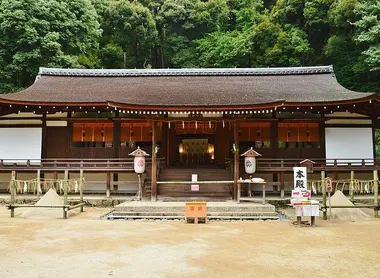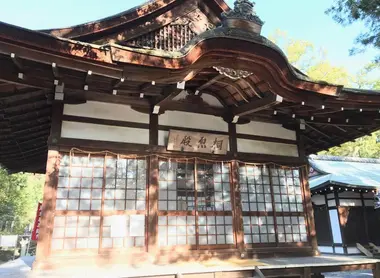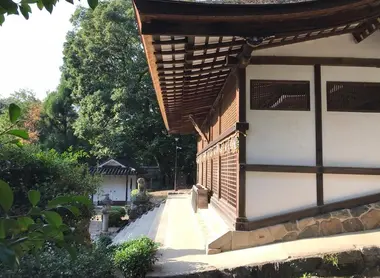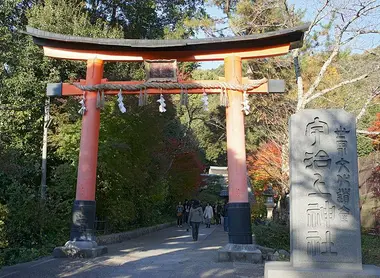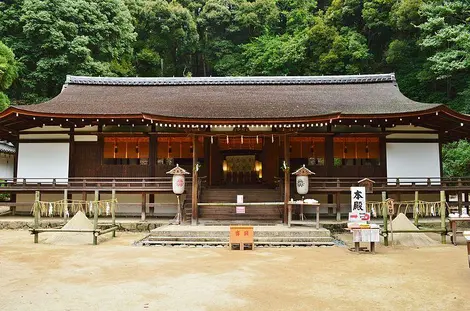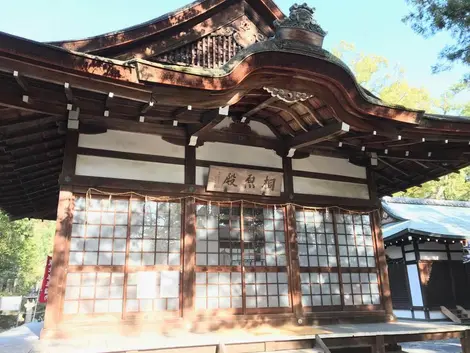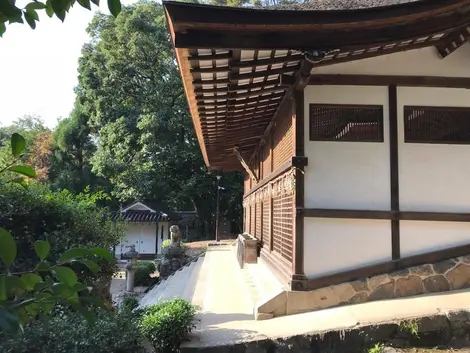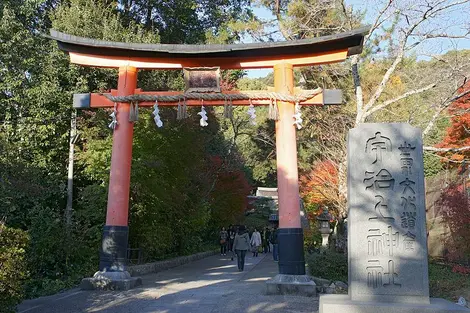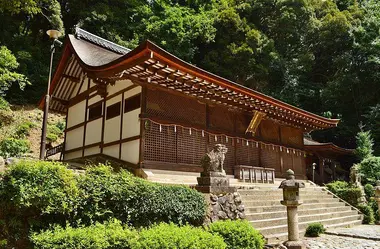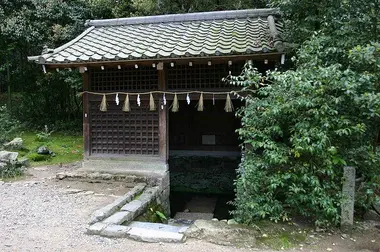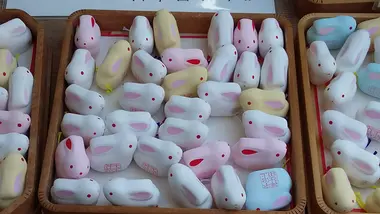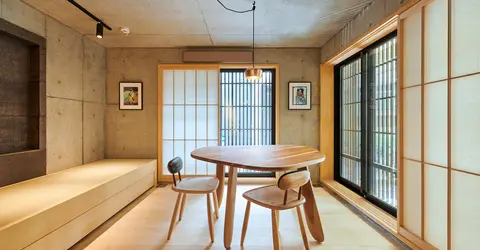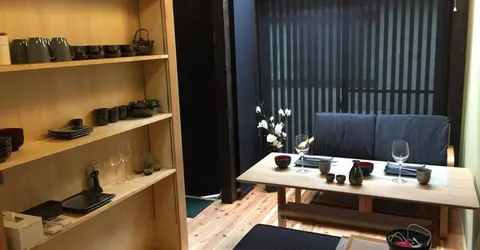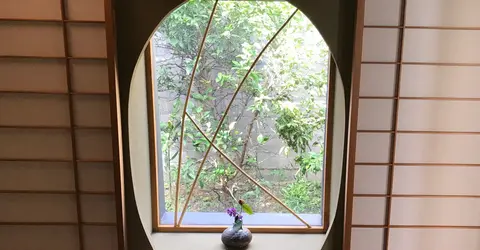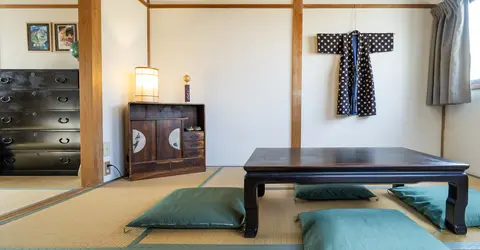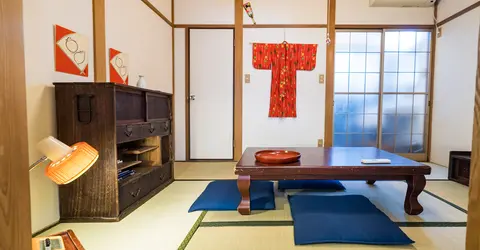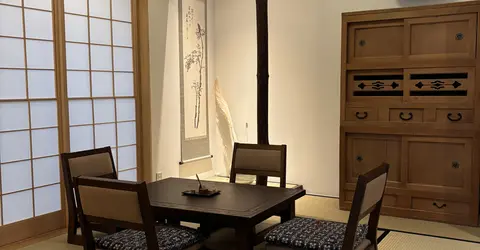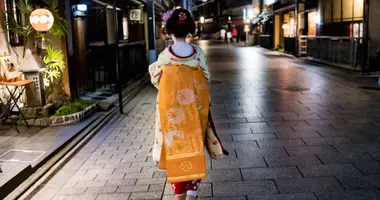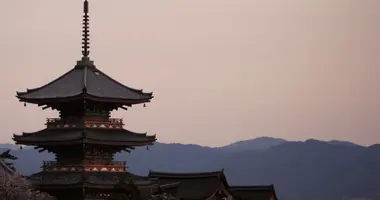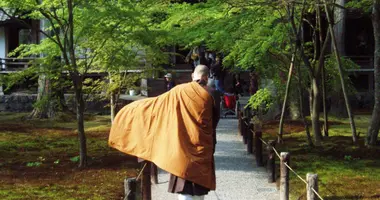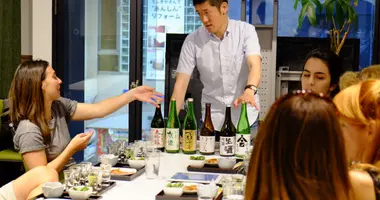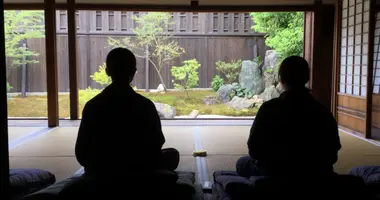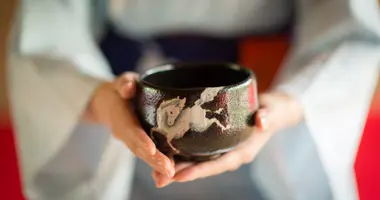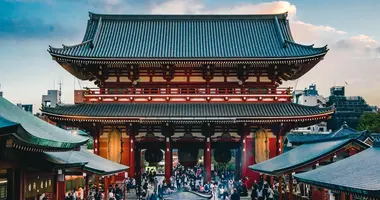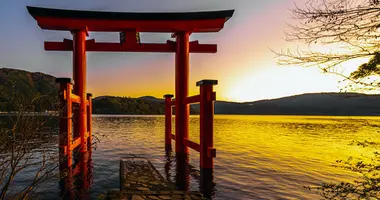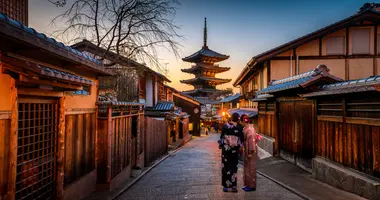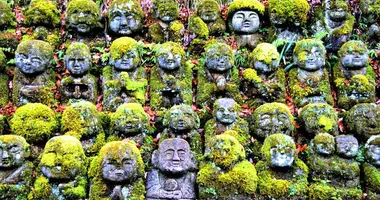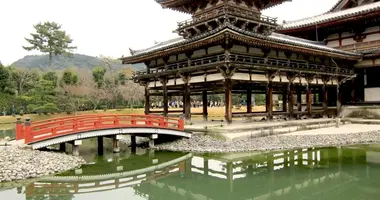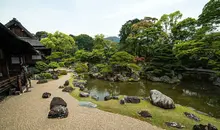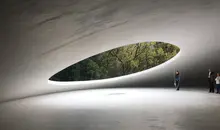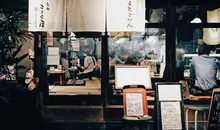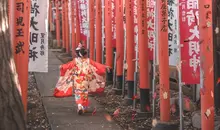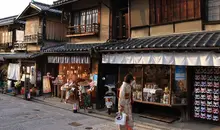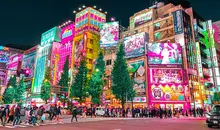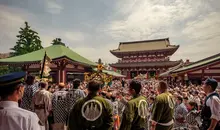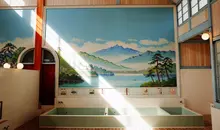Ujigami-jinja Shrine 宇治上神社
Le plus ancien sanctuaire shinto
À quelques minutes du célèbre Byôdô-in, sur l'autre rive de la rivière Uji, un véritable trésor attend, et surtout, mérite votre visite. Appartenant à l'ensemble des monuments historiques de l'ancienne Kyoto inscrit au patrimoine mondial de l'UNESCO, l'Ujigami-jinja est le plus ancien sanctuaire shinto de l'archipel. À l'abri des regards, dissimulé dans un écrin de verdure, ce sanctuaire gardien du Byôdô-in veille sur son rutilant voisin, sans prétention aucune.
The Sacrifice of a Prince
In the year 310, Emperor Ôjin , 15th Emperor of Japan, breathed his last; after a long, very long life since he would have been born in 210! Shortly before his death, he chose Uji no Wakiiratsuko , his youngest son to succeed him. However, when the time comes, the latter refuses to accede to the throne believing that his older brother, Prince Uji no Ôsasagi , is much more apt to assume the supreme function. He then asks the latter to become emperor in his place. Against all expectations, Ôsasagi also refuses the throne because he does not wish to go against his father's last wishes.
For several months, the throne remained vacant. Taking advantage of this incongruous situation, the third son of the deceased emperor, Ôyamamori, foments a plot against Wakiiratsuko by raising an army. A battle ensues in which Oyamamori is killed. Despite this coup attempt, Wakiiratsuko and Ôsasagi persist in their refusal to take the throne ; each preferring to leave his place to his brother.
The problem of the imperial succession persists until 312; when Wakiiratsuko commits suicide by jumping into the Uji River. The following year, Ôsasagi became the 16th emperor of Japan under the surname of Nintoku. It is in honor of Emperor Ôjin and his two sons that the Ujigami jinja will be founded in the 11th century ; a shrine celebrating these men in Prince Wakiiratsuko 's sense of undying honor and sacrifice.
1,000 years old and still standing!
The honden or main building of the sanctuary houses three altars ; the center one is dedicated to Emperor Ôjin, the left one to Prince Wakiiratsuko and the right one to Emperor Nintoku. All three are somewhat concealed by a wooden trellis that runs the length of the building.
In 2004, dendrochronological analyzes will make it possible to date this trellis with precision. This study of the growth rings of the wood reveals that the structure dates from 1060!
Science has thus come to corroborate what has been said for a long time: the Ujigami jinja is indeed the oldest original Shinto sanctuary in the entire archipelago. The shrine miraculously escaped the many battles and natural disasters that affected other monuments in Uji.
Its haiden or prayer hall dates from the beginning of the Kamakura period (1185-1333) . It is framed by two mounds of sand, called tatesuna, symbolizing sacred mountains.
To better understand the sanctuary, we invite you to combine your visit with that of the nearby Uji jinja . Originally, the two shrines formed a single complex: the Rikyukamisha . The Ujigami jinja was then the upper shrine and the Uji jinja, the lower shrine. The separation into two separate shrines did not occur until the beginning of the Meiji era (1868-1912) .
Under the protection of the rabbit
In ancient times, Uji City had several natural water springs called the "Seven Famous Springs of Uji" . All have dried up over the centuries except one ; the one found in the compound of the Ujigami jinja. The Kiriharasui well is located just at the entrance to the shrine. There are only a few steps down to reach the small pool. Its fresh and pure water is still used in purification rituals.
Finally, you will notice that an animal plays a very special role in the Ujigami jinja. Indeed, here, the omikuji (predictions written on small strips of paper) are placed inside adorable little ceramic rabbits.
These acid-toned bunnies echo another episode in the life of Prince Wakiiratsuko. One day, the prince, lost in the mountains, meets a rabbit at a bend in the path. The animal makes him understand that he can guide him to return to Uji and urges him to follow him.
To do this, he keeps jumping and turning towards Wakkiratsuko, seeming to say to him: "Follow me Prince". This "mikaeri usagi" or "turning rabbit" who managed to bring the prince back to his residence became the guardian spirit of the Ujigami jinja .
If you address a prayer to him, the rabbit will show you the way to best lead your destiny.
Dirección - Horario - Acceso
Dirección
Phone
+ 81 774-21-4634Horario
15 minutes walk from Uji stationPrecio
FreeAcceso
Open daily from 9 a.m. to 4:30 p.m.Sitio web
http://www.pref.kyoto.jp/isan/ujigami.html
